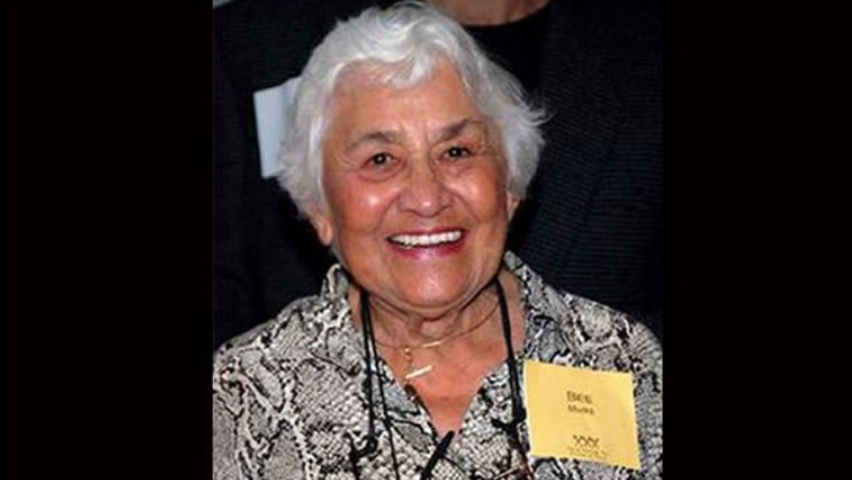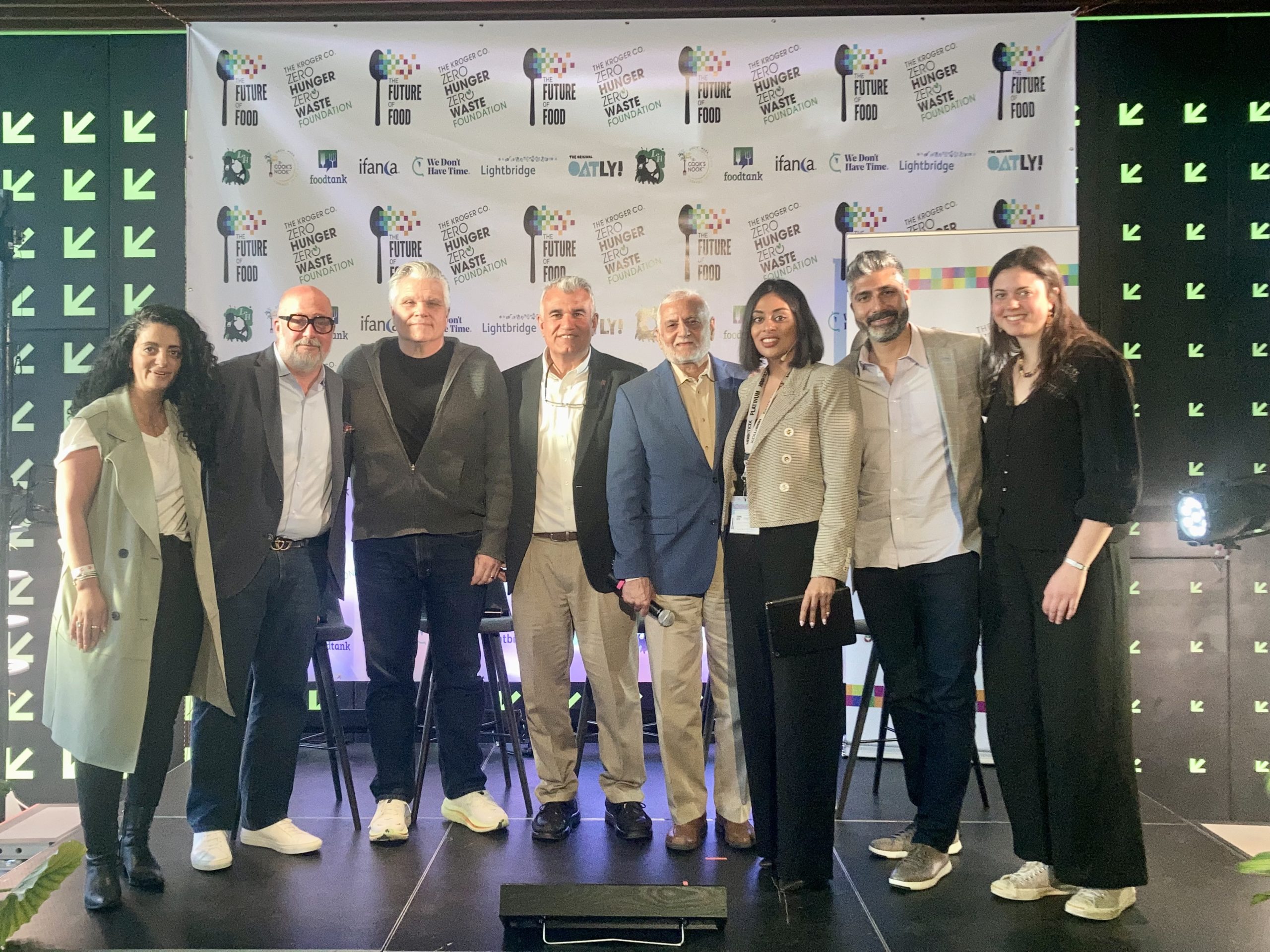 Last week, we launched our new, state-of-the-art Ketchum Food Studio. It was an exhilarating moment to unveil our commitment to creating compelling food content and to serving it across digital and traditional platforms to reach the broad new array of audiences interested in food.
Last week, we launched our new, state-of-the-art Ketchum Food Studio. It was an exhilarating moment to unveil our commitment to creating compelling food content and to serving it across digital and traditional platforms to reach the broad new array of audiences interested in food.
The event was a great — and delicious — success, with celebrity chef Gary Danko serving his famous buckwheat blinis with smoked salmon and caviar and Ketchum Food Studio chef David Shalleck treating our 100 guests to a sizzling cheese-topped asparagus gratin.
With that mouth-watering backdrop, I found myself reflecting on the evolution of food communications. We are at a major inflection point where technology dominates how consumers receive and evaluate information related to the food they consume, and opinions are shaped by many sources — from food influencers to visionary chefs, farmers, food scientists, nutritionists and even self-appointed consumer “experts.”
And consumers are hungry for information. From ingredients and sourcing to a company’s sustainability policies, they glean all they can from news articles, blogs and word-of-mouth. It’s an exciting time, with content coming faster than you can say “dessert.” With this avalanche of opinion on food matters, brands need creative and authoritative ways to break through the noise and effectively reach consumers.
Ketchum’s Global Food & Beverage Practice is one of the longest-standing food practices in the public relations industry, and our communications professionals have helped clients navigate trends and issues for more than 60 years. Over that time, the practice has constantly evolved to meet the changing parameters around the food dialogue:
- In 1972, Ketchum was the first agency to recognize the importance of basing consumer product and food benefit messaging on nutrition science, and made it a key part of the marketing mix.
- In 1979, Ketchum was the first large agency to make a commitment to food marketing with the opening of the Ketchum Kitchen and the formation of a food marketing division to serve the consumer, food service and retail channels.
- From there we engaged a Who’s Who of culinary luminaries in the food work we did – and still do – for our clients; from Julia Child and James Beard to Alice Waters and Gary Danko – these giants in the food world helped create recipes, flavor profiles, products and approaches to talking about, working with, and celebrating food.
- In 2008, recognizing the importance of nutrition science and regulation in food communications, Ketchum established the global nutrition training and certification program, which trains food communicators to have a baseline understanding of nutrition science and regulations, as well as how to use it in food marketing and communications.
- The Ketchum FOODive Culinary Immersion program was introduced in 2013. It’s an experiential food think tank that takes clients and their customers on a thought-provoking, off-the-grid culinary voyage designed to stimulate fresh R&D thinking. Designed to keep our food and beverage clients ahead of the competition, we customize each tour based on clients’ unique needs, whether it be product ideation or marketplace insights. Tours of various U.S. and global markets generally include a medley of restaurants, food trucks, retailers, C-stores and various secret “inspiration” zones.
- And, in April 2015 the new Ketchum Food Studio went live to create and deliver compelling food content through myriad social and digital channels.
The world of food communications is complex and multidimensional. Consumers of food and of food content are engaged in real-time conversations, and Ketchum’s Food Studio can deliver real-time digital storytelling that is rooted in culinary design and creativity (click to tweet); we can produce relevant, compelling and beautiful stories around the food prepared in our Food Studio and leverage our StoryWorks capabilities to help brands be part of the conversation. All while we still roll up our sleeves to measure ingredients, blend, mix, sauté and bake our way through the food industry.
I believe that as leaders in the food communications space, we have an obligation to evolve our own practice, to be nimble and stay on top of trends. I am proud of what we have accomplished to date, and of our commitment to continually evolve.


